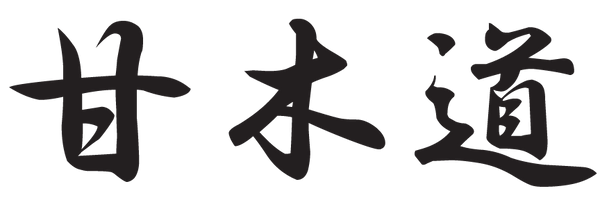Water jar with rabbit design of Seven Lucky Gods by Okada Yu
Water jar with rabbit design of Seven Lucky Gods by Okada Yu
Couldn't load pickup availability
Width: 17.0cm Height: 17.3cm
"Seven Lucky Gods and Rabbits Water Jar" by Okada Masaru - A microcosm of the tea ceremony where play and good fortune blend together
Okada Masaru's Water Jar with Rabbits of the Seven Lucky Gods is a piece that combines the auspicious qualities of the Seven Lucky Gods with adorable rabbits reminiscent of the Choju Jinbutsu Giga paintings . Atop the tranquil scenery created by the soft ash glaze, the rabbits painted in gold and colored paint leap lightly, bringing both "blessing" and "playfulness" to the tea ceremony. Below, we will introduce the piece in detail from the perspectives of its history, technique, design, and use at tea ceremonies .
1. Historical Background - "Auspicious Images" and Water Jar
The Seven Lucky Gods spread as a folk belief from the Muromachi period through to the Showa period, and were incorporated into annual events and craft designs as symbols of good fortune and prosperity.
The humorous animals depicted in the Choju Jinbutsu Giga (owned by Kosan-ji Temple in Kyoto) embody the Japanese concept of "playful beauty" and have been frequently referenced in overglaze Kyoto ware since the Meiji period.
By transferring these historical motifs onto a tea utensil called a "mizusashi," which represents purity, Okada Masaru has managed to bring the two virtues of good fortune and purity to coexist in a single vessel.
2. Techniques and materials: A collaboration between ash glaze and gold-colored painting
3. Deciphering the Design - Rabbits Playing the Seven Lucky Gods
Hotei : He holds a biwa and lightens up the mood with music.
Bishamon Rabbit : A guardian deity that hoists flags and wards off evil spirits.
Daikoku Rabbit : Holds a mallet modeled after the magic mallet.
Ebisu Rabbit : Carries a fishing rod and prays for a good catch = bountiful harvest.
Benzai Rabbit : Holding a scroll, he achieves academic success.
Jurojin rabbit : Symbolizes longevity with a fan.
Fukurokuju Rabbit : Wears a tall hat and rules over Fukuroku and longevity.
In this way, the rabbits suggest "jumping = leaping," and each one carries the attributes of one of the Seven Lucky Gods. The composition of the rabbits frolicking in the sky, with golden clouds scattered in the background, will bring a wind of good fortune to your tea ceremony.
4. Spirituality - a duet of play and prayer
Okada Masaru's creations are based on the idea that "true prayer resides in play." The rabbit's innocent movements bring the "merit of laughter" that relaxes the hearts of the owner and tea guests, while the power of the Seven Lucky Gods resides within it, making it a talisman that protects the entire tea room.
— Playfulness is the flip side of serious prayer.
Every time I pick it up, Okada's message quietly resonates within me.
summary
The Seven Lucky Gods and Rabbit Water Jar is a masterpiece of modern tea ceremony utensils that combines auspiciousness, humor, and wabi . It can be used as a decoration for annual events, and can also be displayed as an art piece in a modern space, illuminating the space with a warm and welcoming atmosphere as an "object that brings good fortune."
If you would like additional information such as dimensions, box name, price, etc., please feel free to contact us.
Share

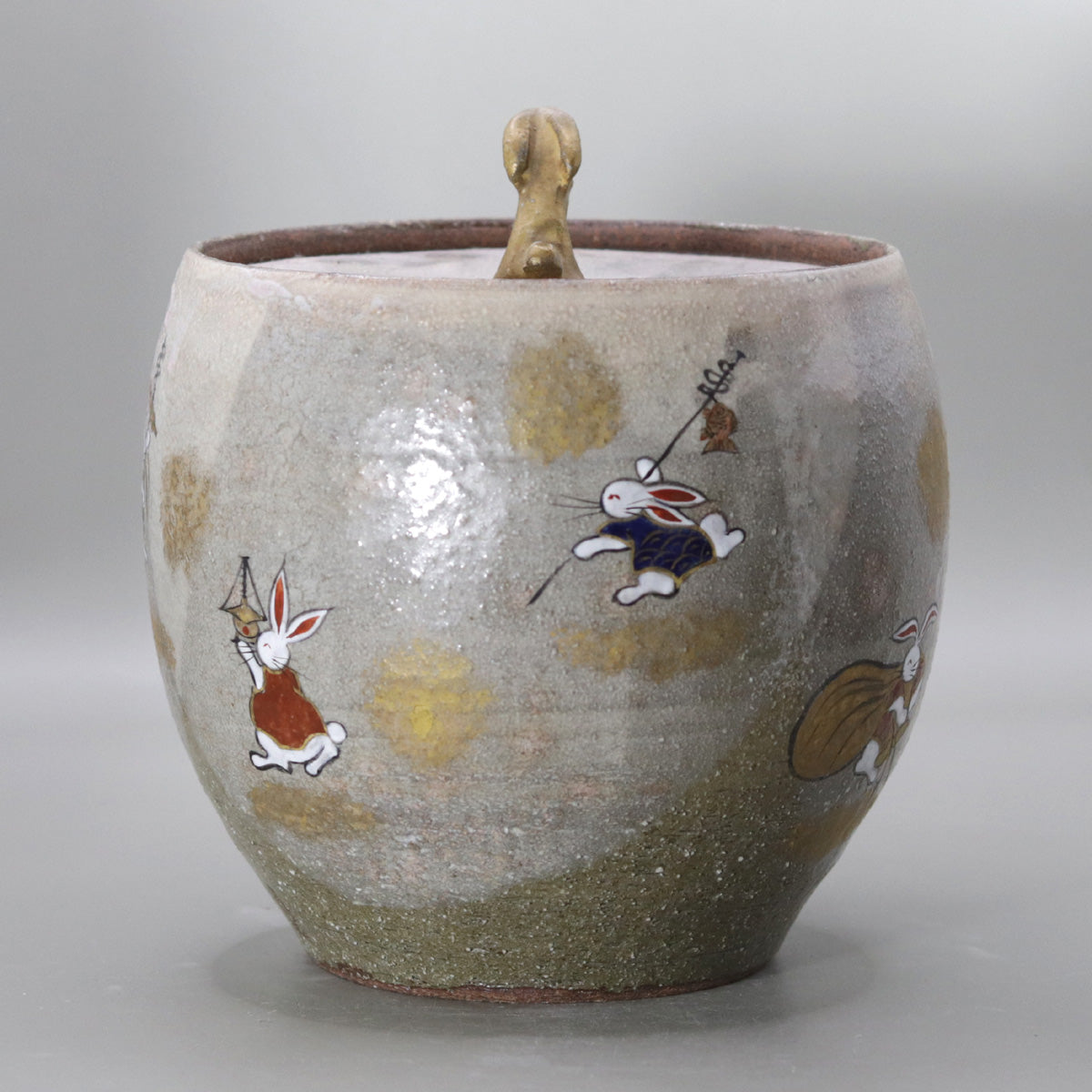
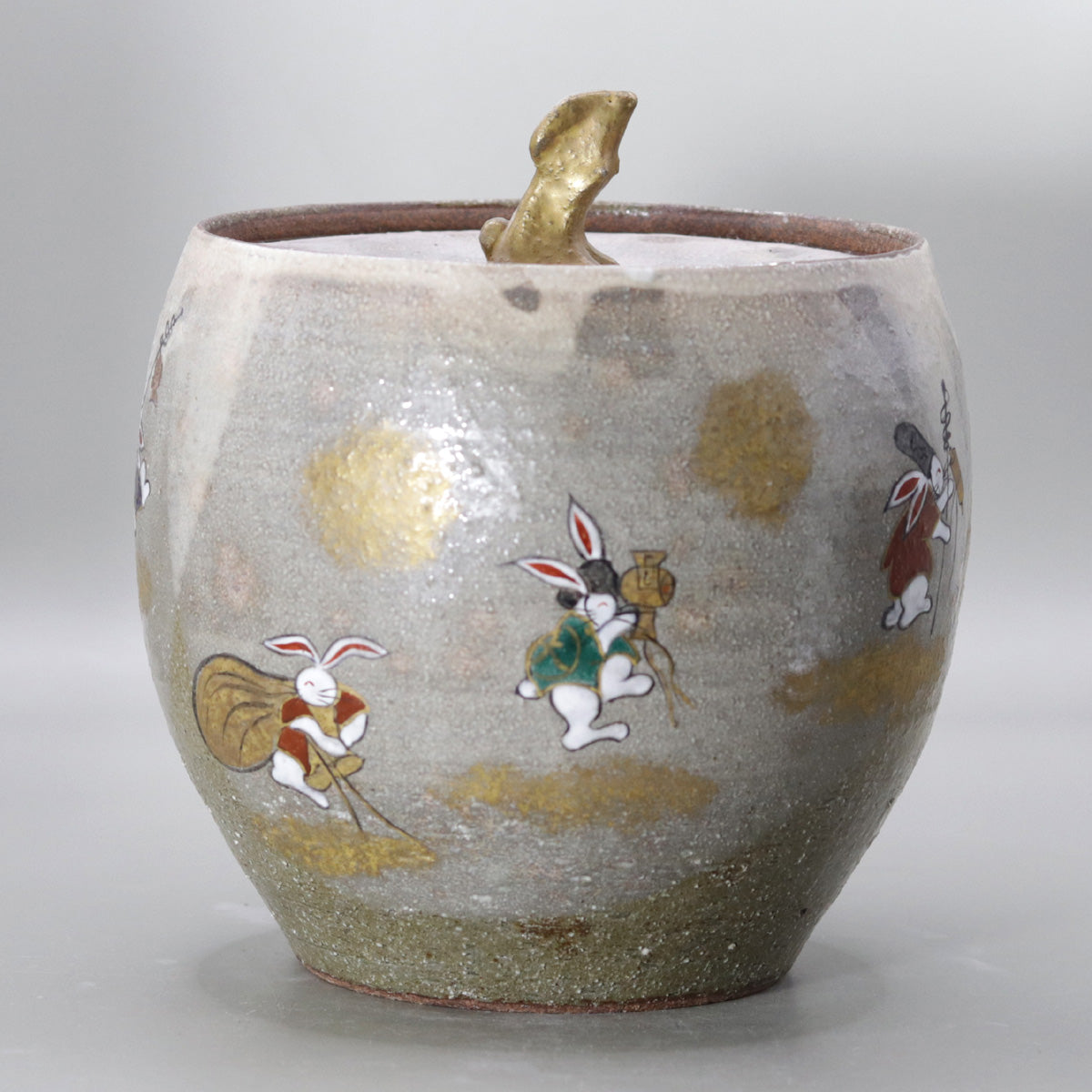
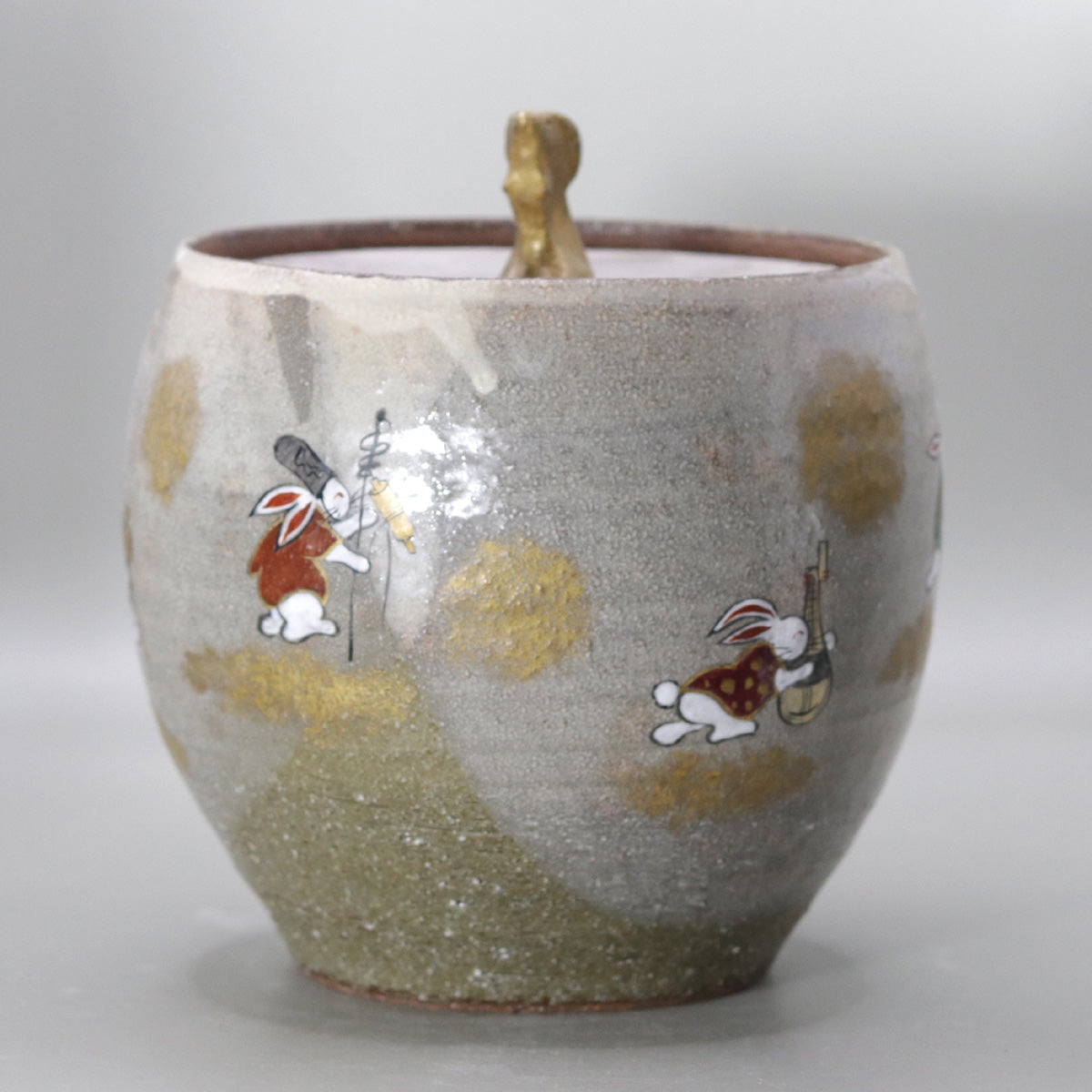
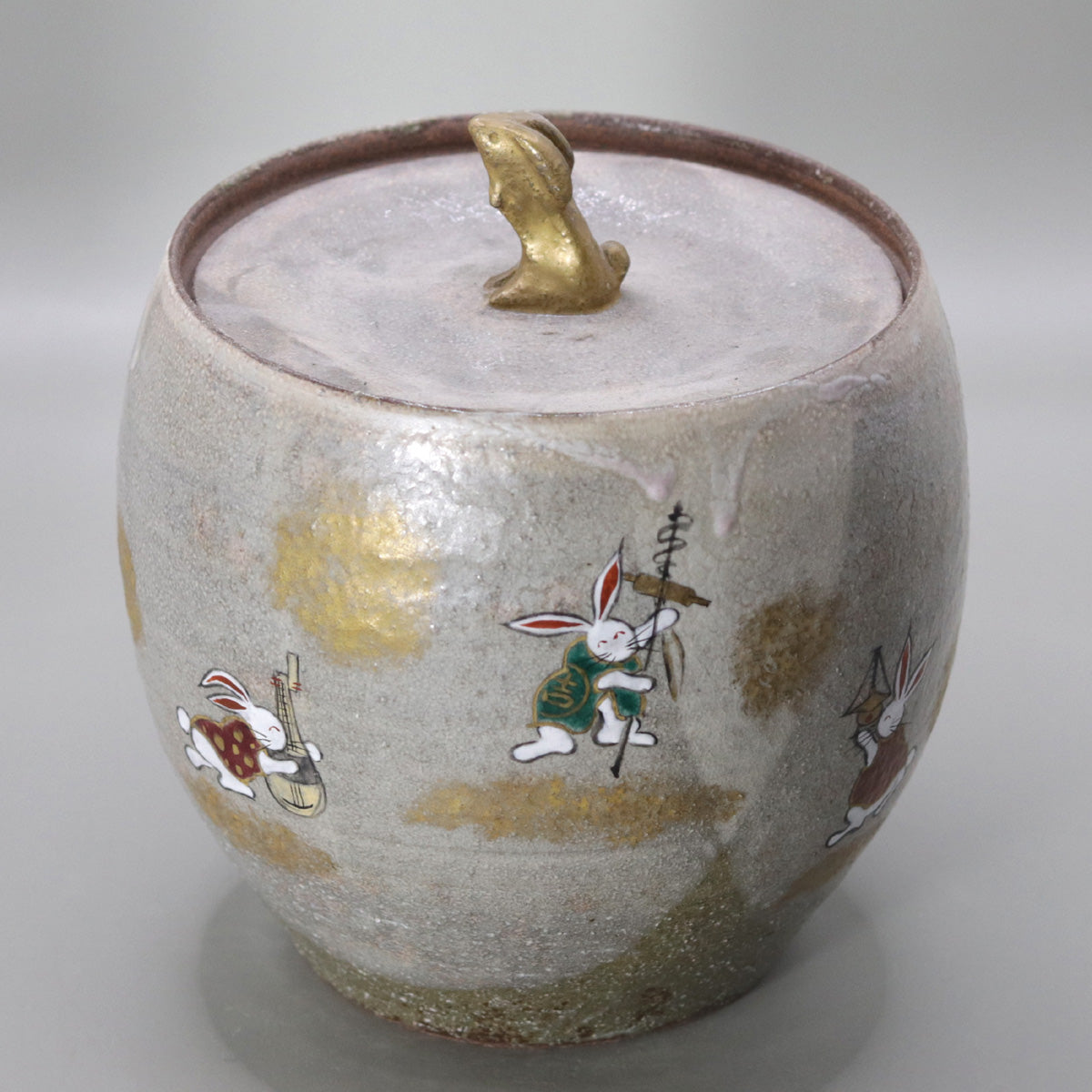
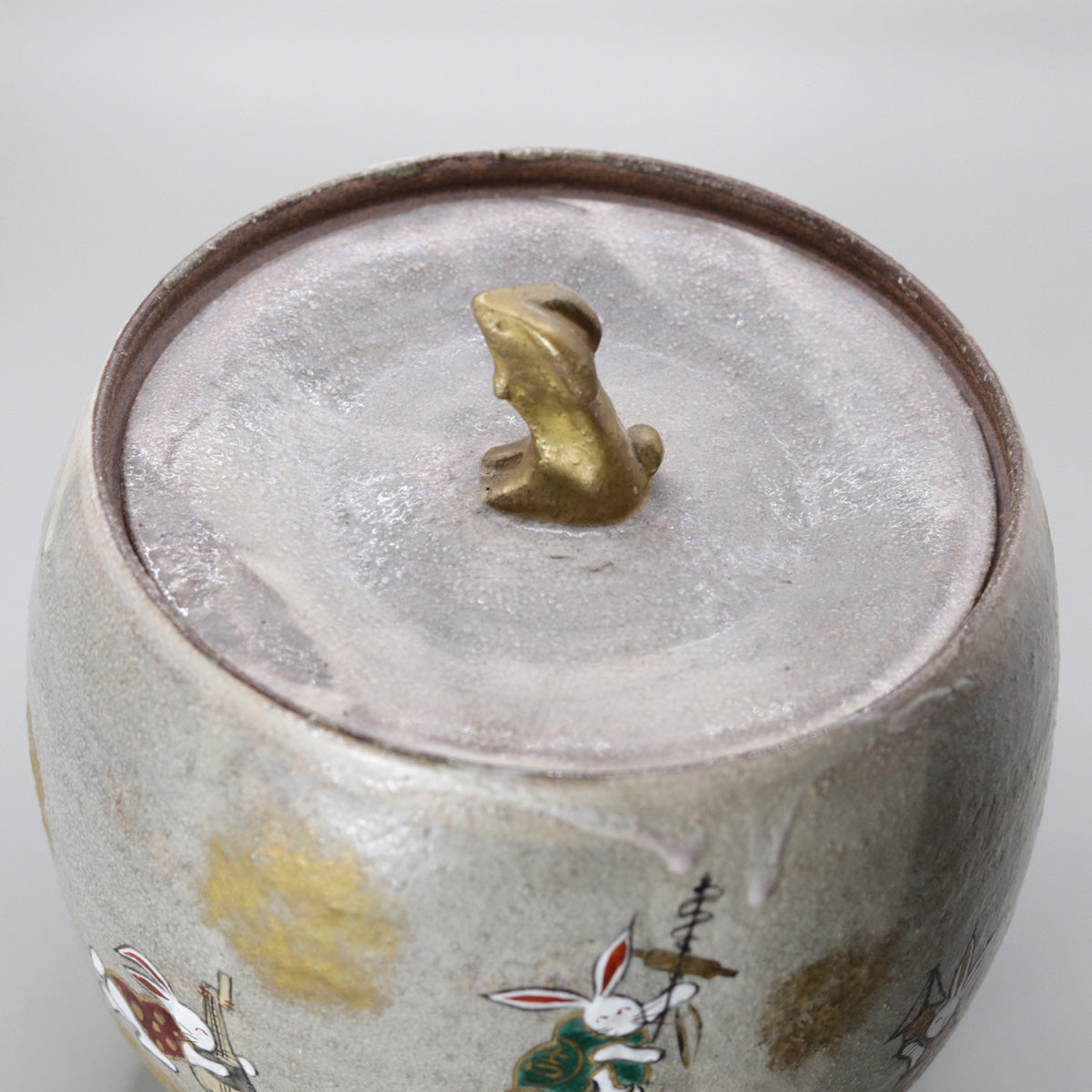
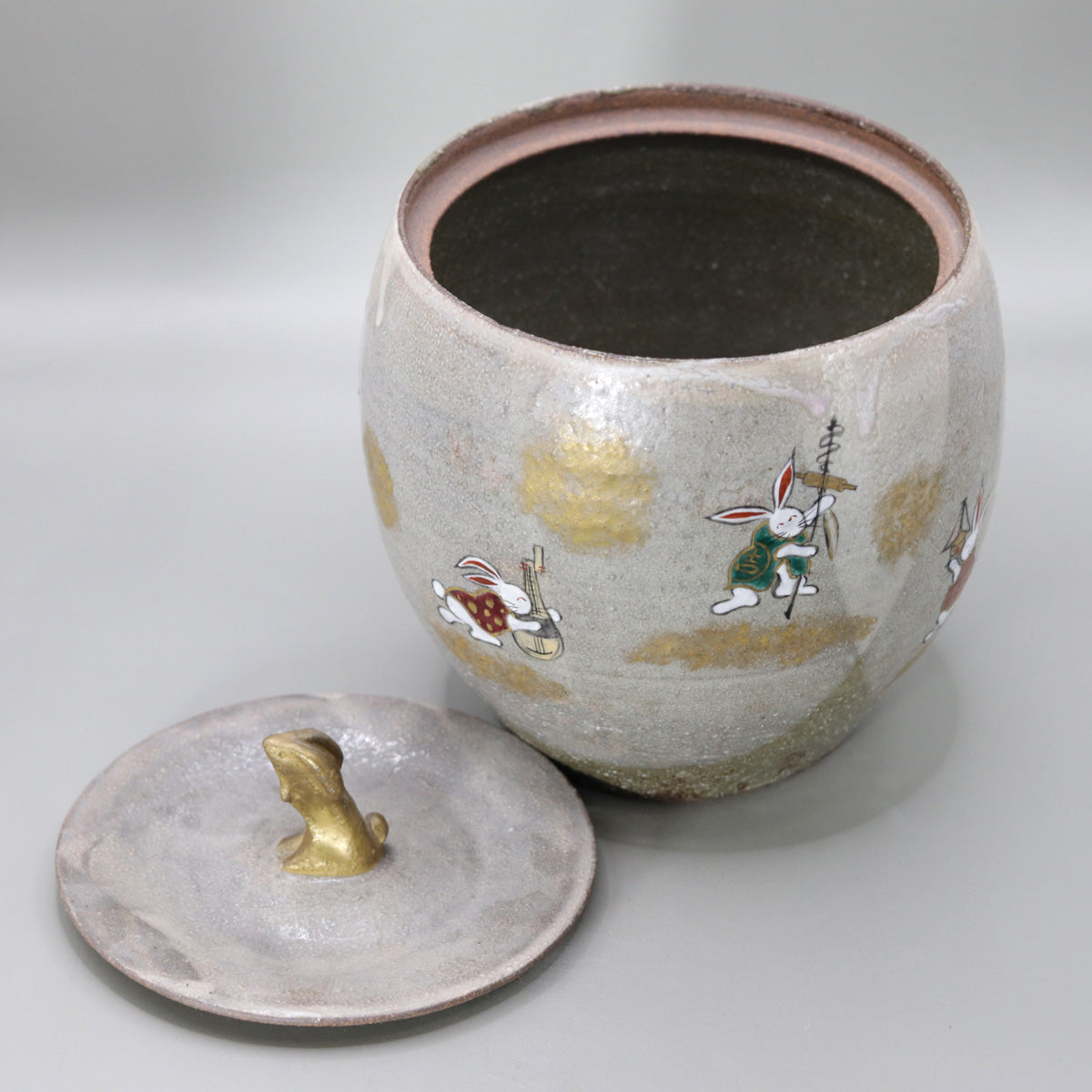
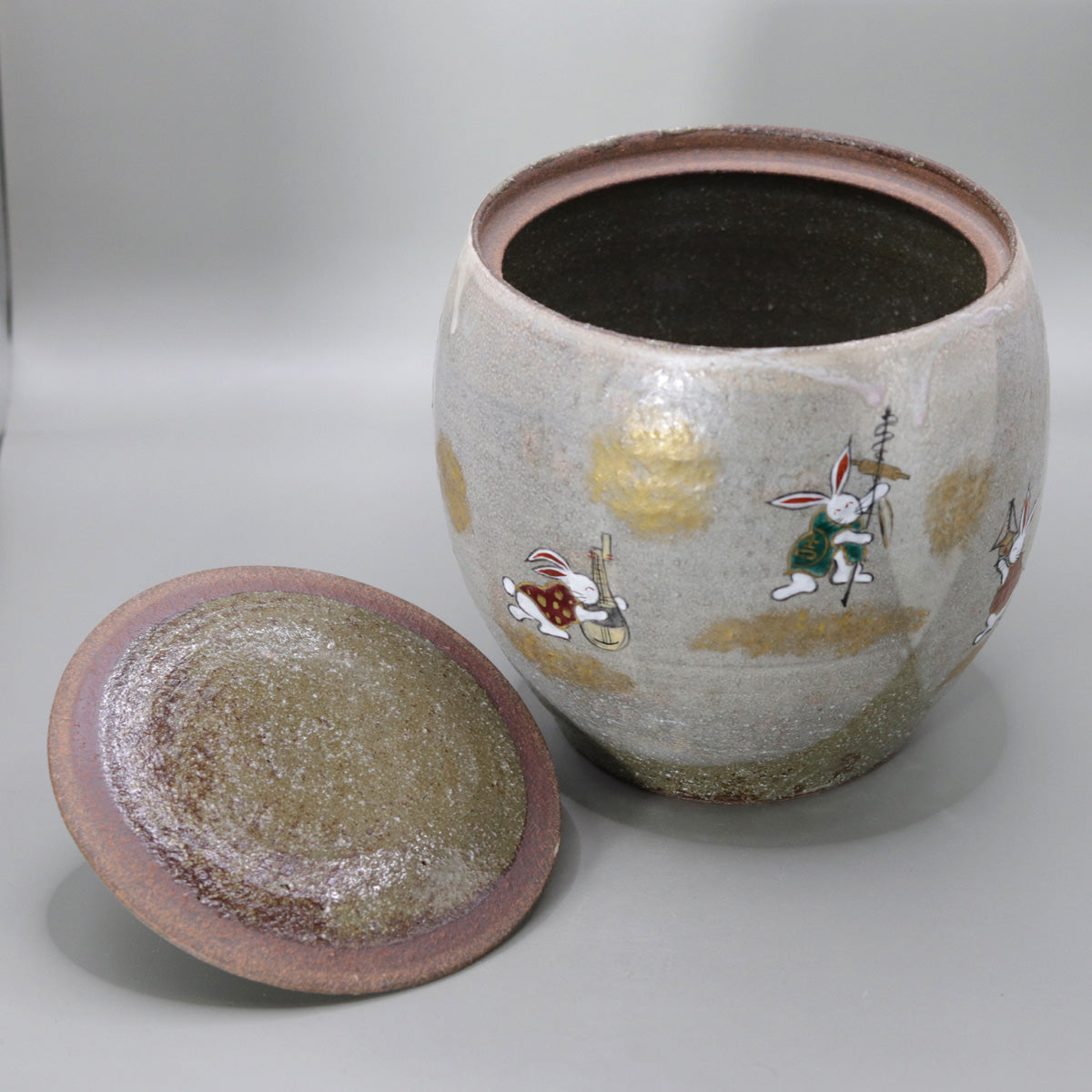
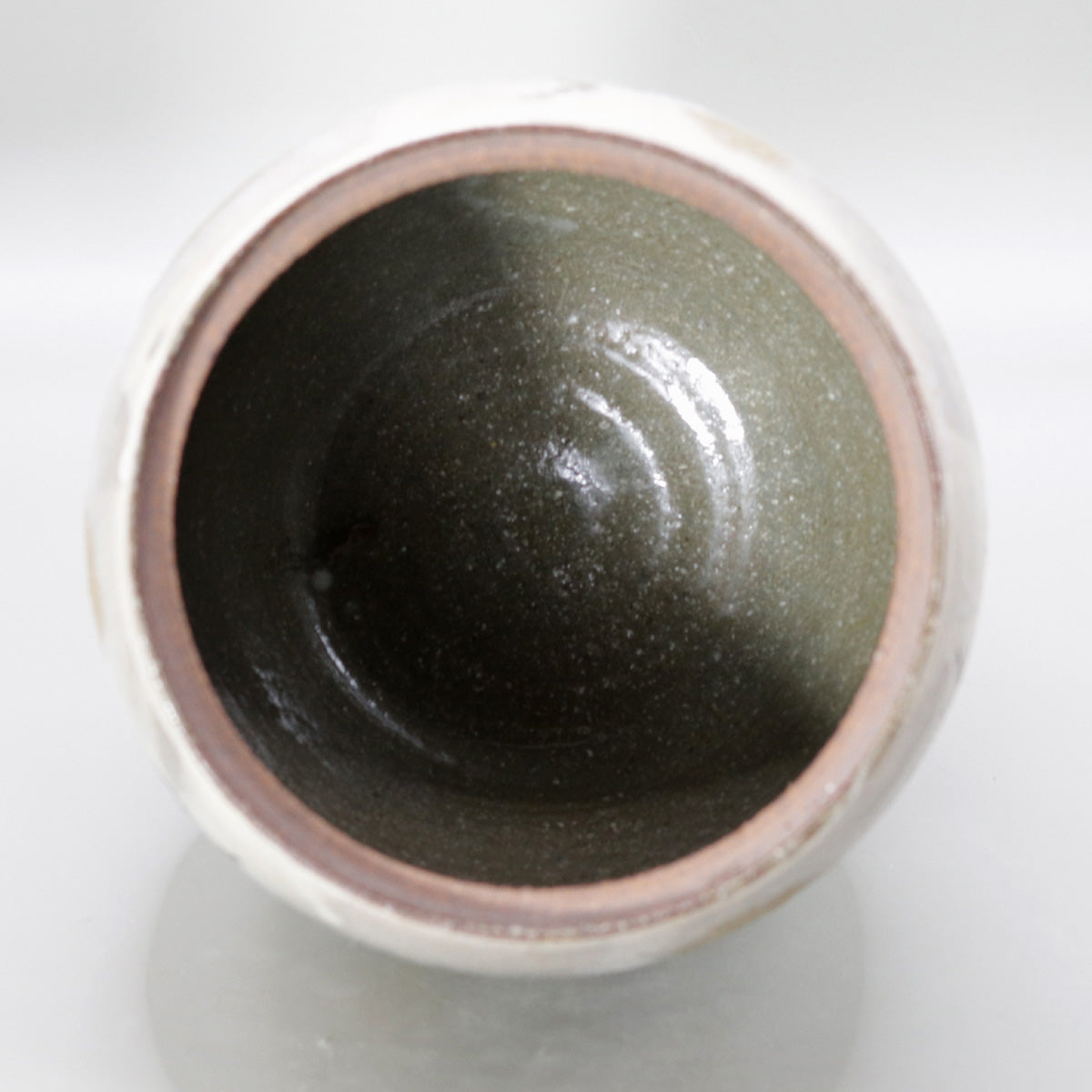
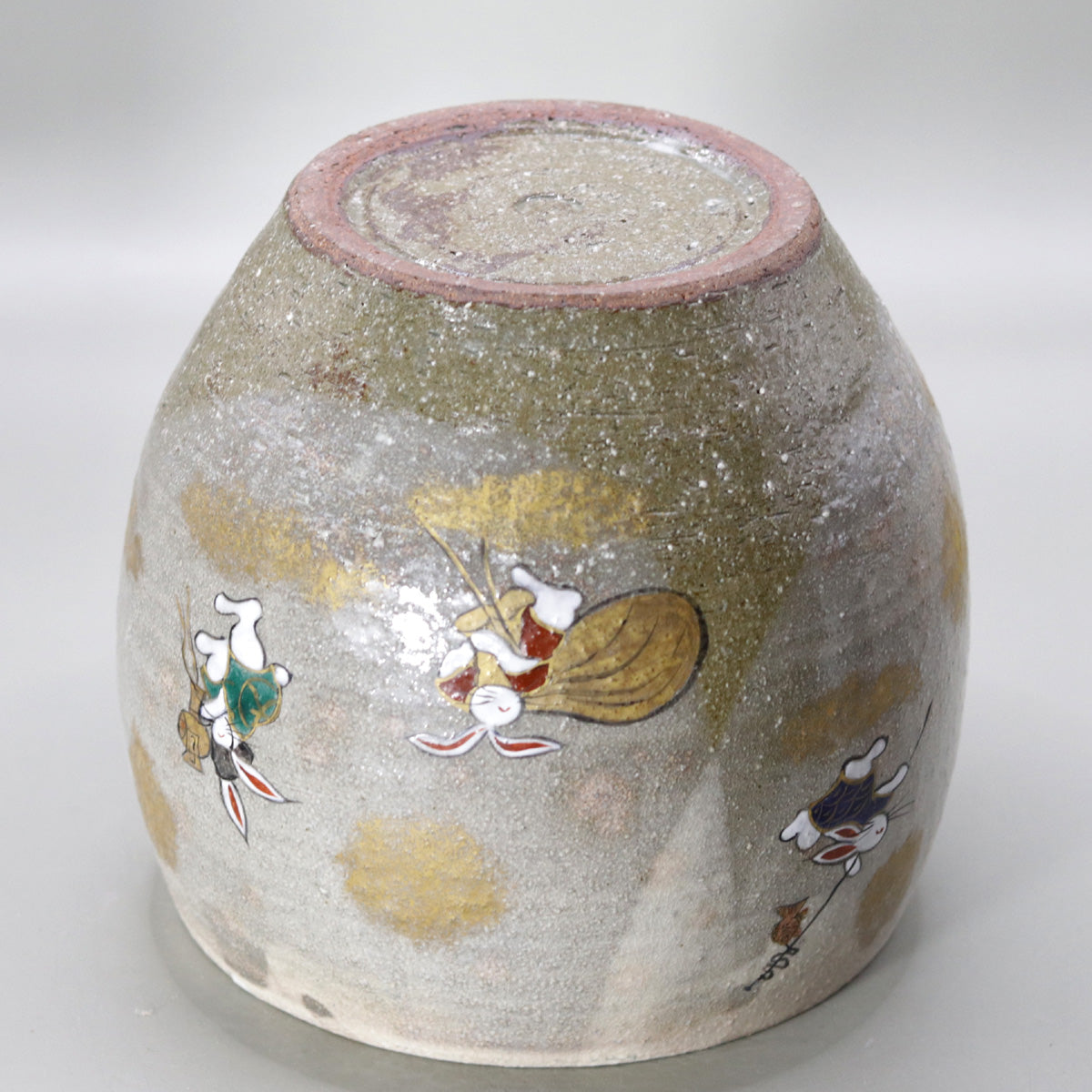
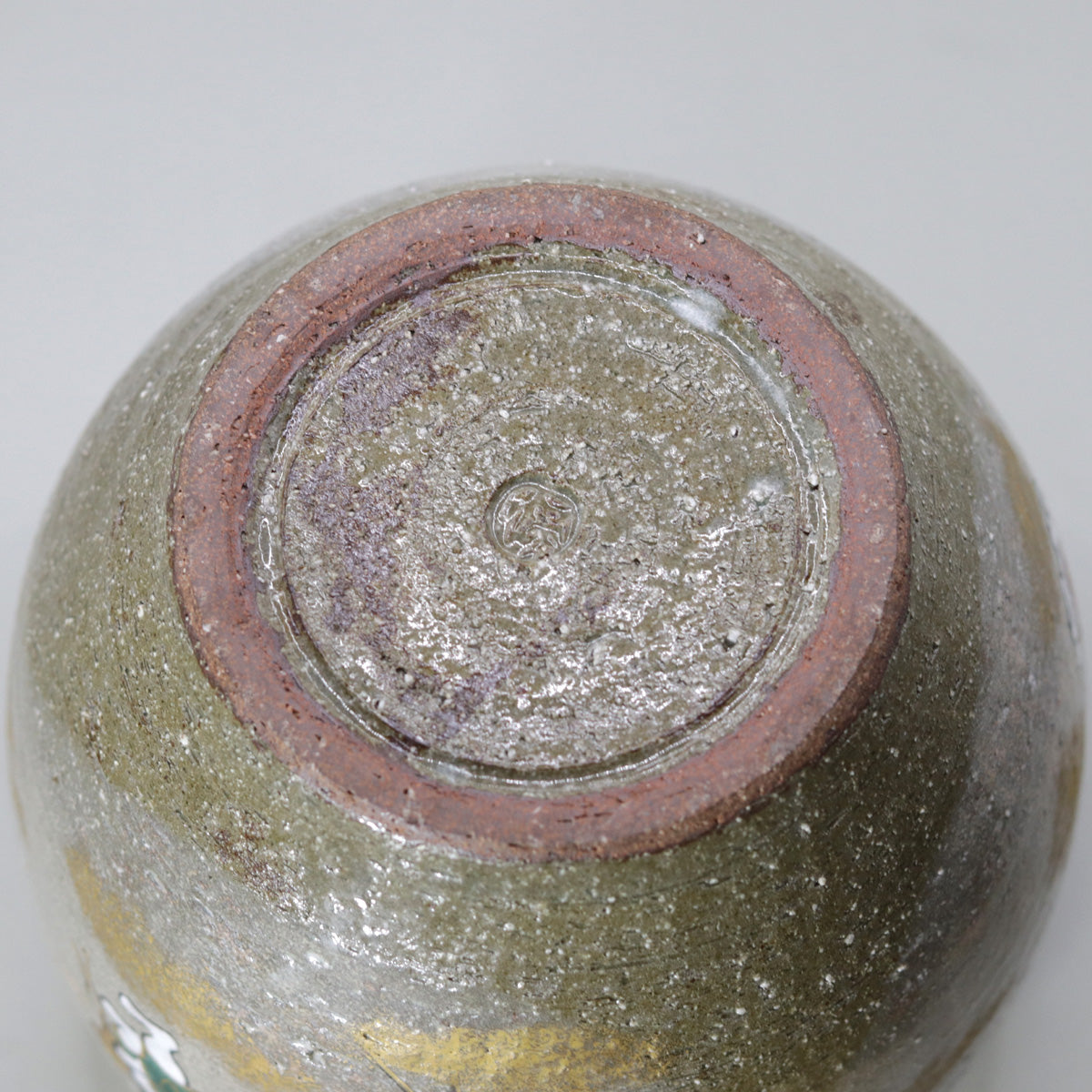
Multi-Column
-
[I will send it to you quickly and carefully]
We carefully package each product in a way that suits it best.
Also, delivery times vary depending on the piece (vessel, etc.).
Items that already come with a box will be shipped within 1-3 days of the order date.
For items that require a box to be made after your order, it will take approximately 30 days for production to be completed and then shipped.
In either case, once we have confirmed your order, we will contact you by email to inform you of the delivery date.
-
[Requests when purchasing pottery]
Even products that look the same may differ slightly in color, shape, size, etc.
The way the glaze is used, the power of the kiln, the firing method, the season, and the humidity also affect the appearance of the pottery.
Please understand the individuality of each piece of pottery and enjoy the unique warmth of handmade.
